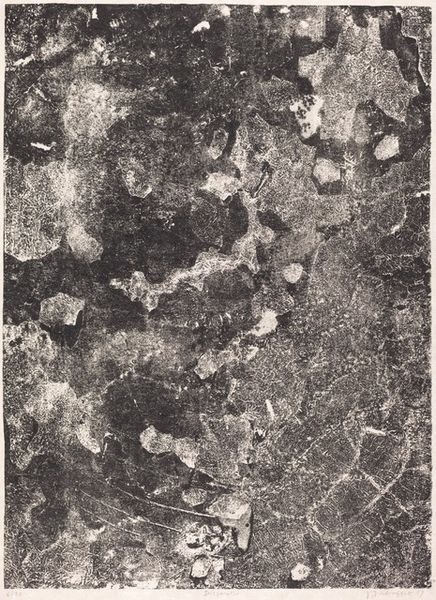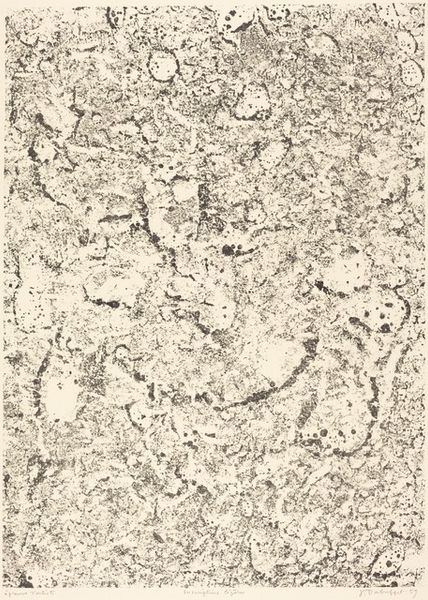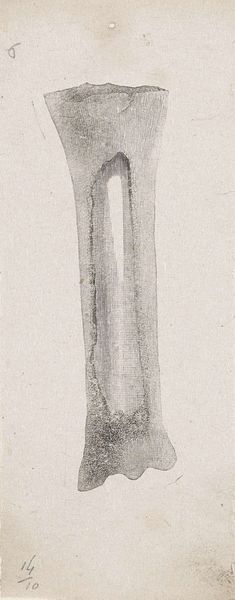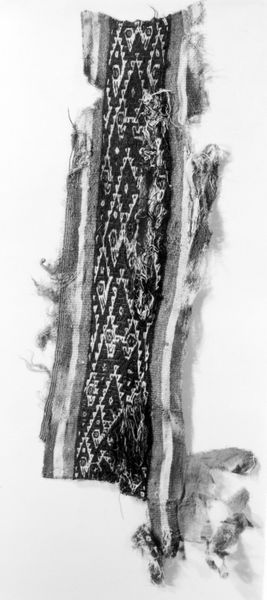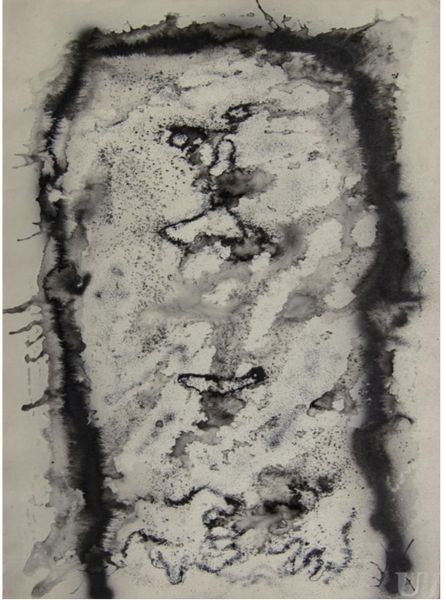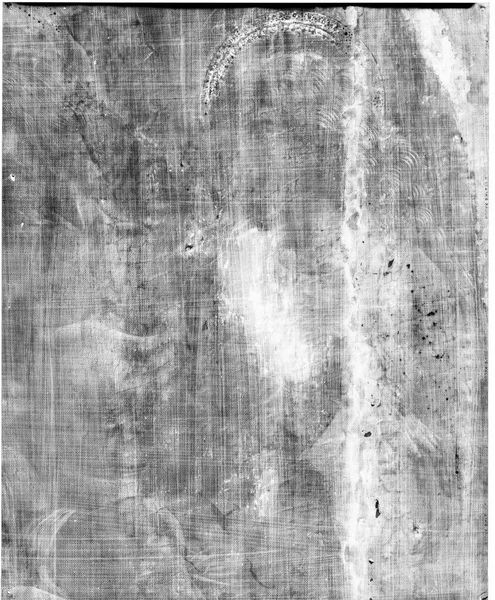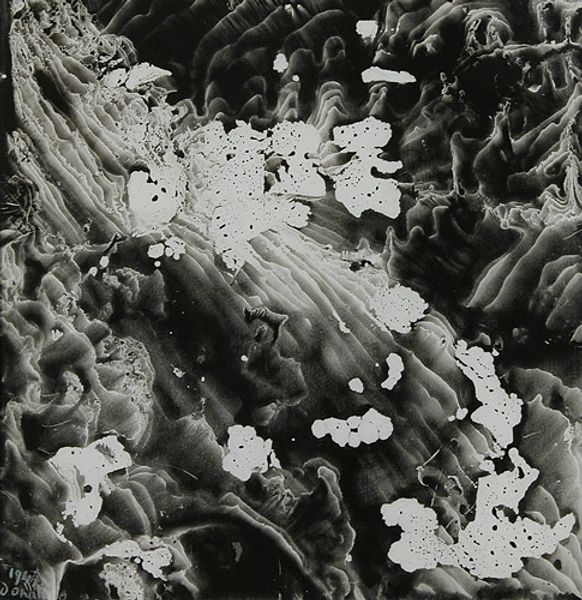
drawing, paper, ink-on-paper, hanging-scroll, ink
#
drawing
#
asian-art
#
landscape
#
ukiyo-e
#
japan
#
paper
#
form
#
ink-on-paper
#
hanging-scroll
#
ink
#
orientalism
#
line
#
monochrome
Dimensions: 8 1/16 × 8 1/16 in. (20.48 × 20.48 cm) (image)76 × 11 9/16 in. (193.04 × 29.37 cm) (mount)
Copyright: Public Domain
Sō Shiseki painted "Bamboo" with ink on paper, sometime in the 18th century. In eighteenth-century Japan, the arts were thriving, reflecting a complex social hierarchy. Shiseki, though a master of traditional Japanese painting styles, integrated influences from European art, marking a shift towards a more globalized view of artistic expression. Bamboo has a rich cultural significance. Often seen as a symbol of resilience, flexibility, and moral integrity, it reflects virtues admired in the samurai class. The plant’s ability to bend without breaking mirrors the adaptability required in a changing political landscape, as the Tokugawa shogunate’s control began to waver. Historical research into the artist’s biography and the socio-political conditions of the time, alongside an understanding of the symbolic language, helps us interpret this seemingly simple image as a reflection of the period's values.
Comments
No comments
Be the first to comment and join the conversation on the ultimate creative platform.
